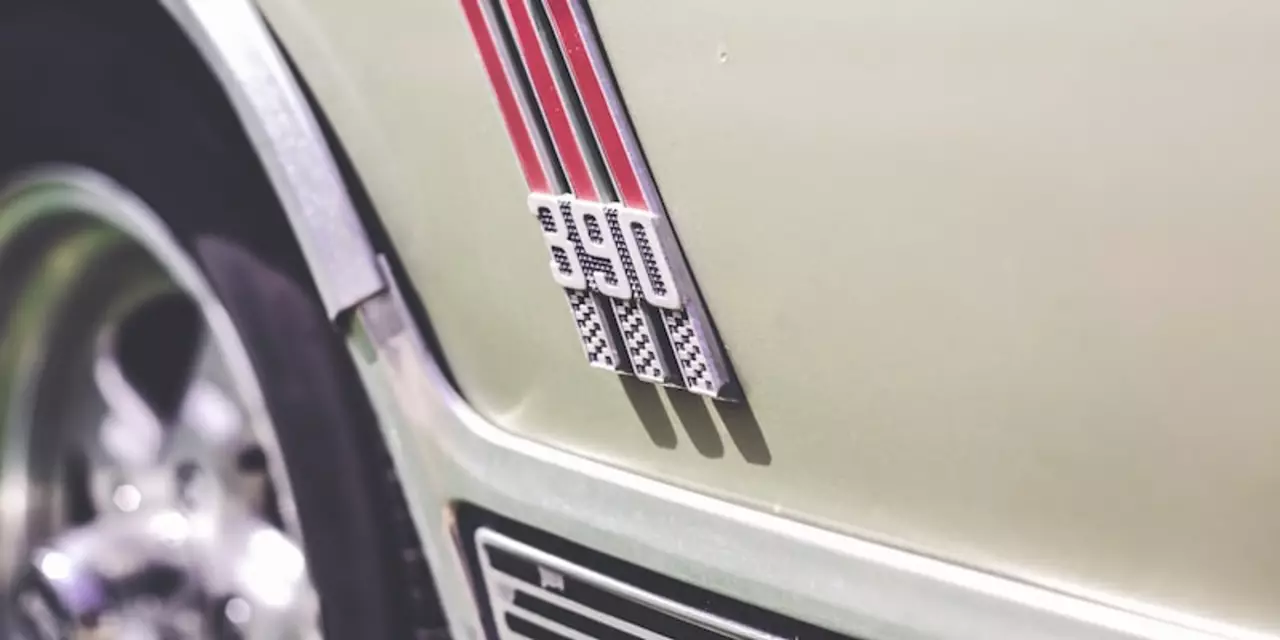Car Radiator Basics and Common Issues
Ever wondered why your dashboard light flashes red and the engine feels hot? Most of the time it’s the radiator doing its job – or failing to do it. A radiator moves heat from the engine to the air, keeping everything at the right temperature. When it can’t, you get overheating, loss of power, and a trip to the mechanic.
How a Radiator Works
The radiator is a metal tank filled with coolant. As the engine runs, it heats the coolant, which circulates through the radiator’s thin tubes. Air flows over these tubes (thanks to the fan) and cools the liquid down. The cooled fluid returns to the engine, and the cycle repeats. Simple, right?
If any part of that loop breaks – a leak, a clogged tube, or low coolant – the engine temperature spikes. That’s why checking coolant level is the first thing you should do when the temperature gauge climbs.
Signs Your Radiator Needs Attention
Here are the most common warnings that the radiator is on the fritz:
- Engine overheating: The gauge jumps into the red zone, and steam might rise from under the hood.
- Coolant loss: You notice the reservoir is empty more often than not.
- Weird smells: A sweet, antifreeze odor usually means a leak.
- White smoke: If you see white vapor from the exhaust, the coolant could be entering the combustion chamber.
- Radiator cracks: A cracked tank leaks coolant fast, and the engine can seize.
A cracked radiator is especially nasty. When it cracks, coolant spills out, the engine can overheat quickly, and you might end up with a seized motor that needs a rebuild. The fix is usually a full radiator replacement and a flush of the cooling system.
Bad radiators also hurt fuel efficiency. The engine works harder to stay cool, burning more fuel. You may notice a drop in miles per gallon without changing your driving habits.
So, what can you do right now?
Check coolant regularly. Open the coolant reservoir when the engine is cold and make sure the fluid is between the "low" and "high" marks. Top it up with the right mix of water and antifreeze if needed.
Look for leaks. A puddle under the car that smells like sweet antifreeze points to a radiator problem.
Watch the temperature gauge. If it climbs above normal, pull over, let the engine cool, and inspect the radiator and hoses.
Maintain the fan. A broken fan can’t push air through the radiator, causing heat buildup. Listen for a humming sound; if it’s silent, the fan may need repair.
Replacing a radiator isn’t a DIY job for everyone, but if you’re comfortable under the hood, it can save a lot of money. The basic steps are draining the coolant, removing the old radiator, installing the new unit, refilling with fresh coolant, and bleeding the system to get rid of air bubbles.
Even if you don’t swap it yourself, knowing the symptoms helps you explain the problem to a mechanic, which can speed up the repair and keep the cost down.
Bottom line: a healthy radiator means a happy engine, better fuel economy, and fewer trips to the garage. Keep an eye on coolant, listen for odd noises, and act fast when the temperature gauge spikes. Your car will thank you with smoother rides and longer life.
What does a car radiator do?
- Thomas O'Reilly
- Mar 3 2023
- 0 Comments
A car radiator is an integral part of the cooling system of a car. Its primary role is to keep the engine from overheating by transferring heat away from the engine and circulating coolant throughout the system. It works by transferring heat from the hot coolant to the air that passes through the radiator. The radiator is made up of a series of small tubes which allow the coolant to pass through and be cooled by the air. The coolant is then circulated back to the engine block to absorb more heat and the cycle repeats itself. The radiator is also responsible for regulating the temperature of the engine and ensuring that it stays within a safe operating range.
View More


